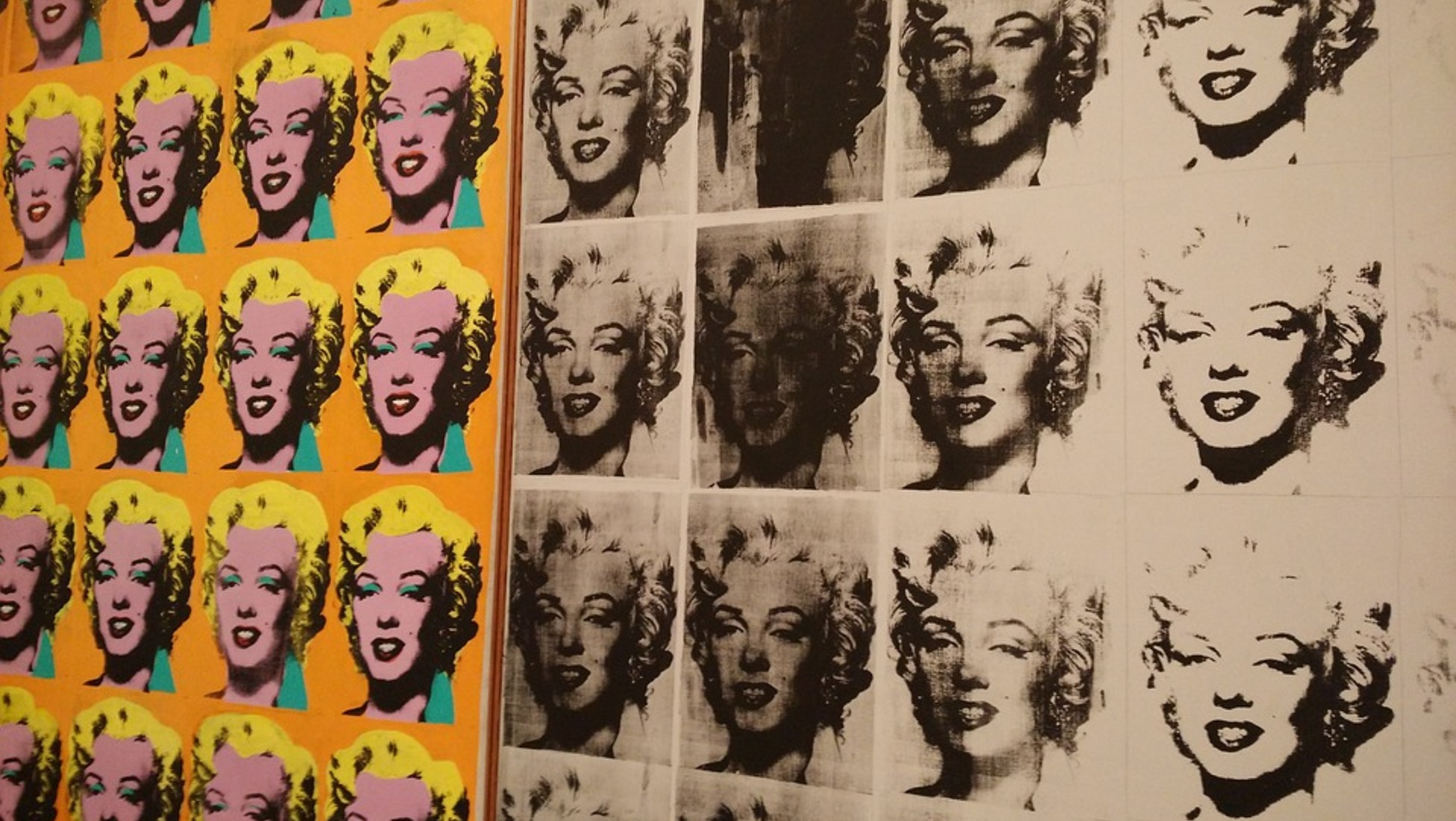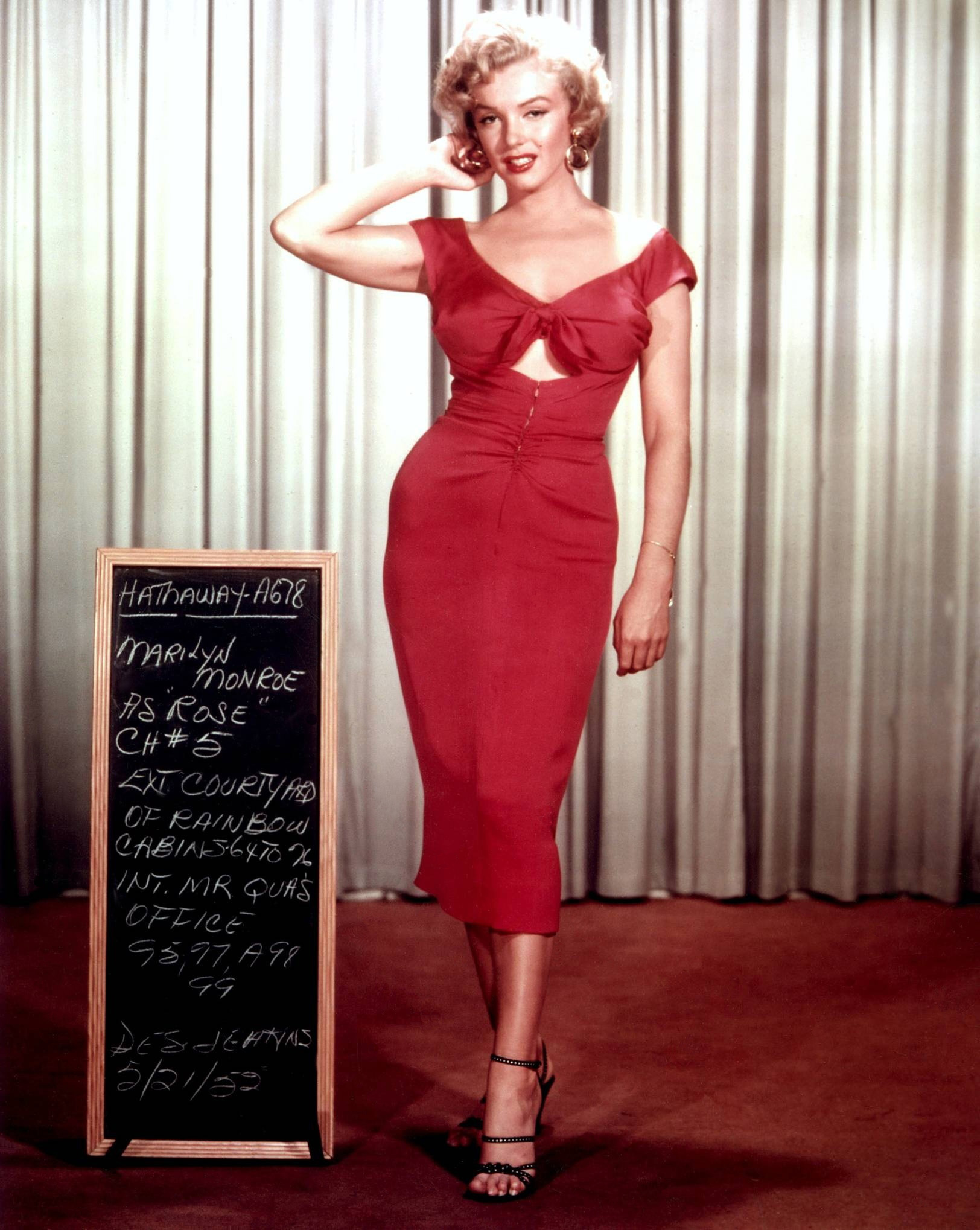Warhol. Monroe. When you hear these names there's surely only one classic image which comes to mind. It was one single photo of Marilyn Monroe which was enough for Andy Warhol to make an iconic series of pop art portraits which have outlived both of them. But why Marilyn Monroe? And what message was Warhol trying to tell the world? Find out here.
The Discovery of Pop Art
It was 1960 when Andy Warhol, American artist and creative extraordinaire, came under the spell of pop art. It's almost difficult to believe that the pop art movement already existed before Warhol got involved with it: it began in the mid 50s in Britain. And in some ways it's bizarre to think that Warhol was an artist before his pop art work. In fact, during the 1950s, Warhol was a very successful commercial illustrator for brands including Tiffany & Co., Vogue and Glamour magazine. And yet it's as though the two define one another. And to this day, Warhol and Pop Art are perhaps synonymous with one another.

Marilyn
In 1962, Warhol became extremely excited about photographic silkscreen printing. It was this technique that would become Warhol's most definitive style: it was simple, quick and he could perform slight modifications to the same photo over and over again. It is hard to imagine, but it was pure coincidence Warhol decided to portray Marilyn Monroe in one of his earliest, and undoubtably his most famous, works of pop art. She ended her life that same month, and her beautiful face, as well as her fame, seemed a great foundation for his repetitive print and cartoon-like artwork. He was right about that!

Publicity Shot
The photograph Warhol selected was a publicity shot from the 1953 movie 'Niagara' which Marilyn had previously starred in. He created numerous Monroe pop artworks using this image including “Marilyn Diptych” which is now seen as one of the world’s most influential pieces of Modern art. Instead of drawing or painting her face, Warhol chose an existing photo he knew almost anyone would recognise. But why Monroe? Marilyn embodies celebrity status and the notion of being a 'sex symbol'. Featuring famous people in pop art became one of the defining characteristic of the movement throughout the 60s: it is an ironic commentary about mass media's obsession with celebrity culture.

The Woman Underneath
It is also said that through this style of work, Warhol refers to a society in which people can be seen as a product rather than a person. Furthermore, the silkscreen technique Warhol used for the portraits of Monroe flattens the already two-dimensional photo even further. With reducing shades and using bright colours he enhances an emotional flatness and subtly shows the superficial side of this woman. A sex-symbol created by society; a woman that is everything society wishes her to be. By focussing on her iconic features Warhol actually reminds us there is a real woman underneath.

Nothing Behind It
Art experts and historians have many theories about the symbolism hidden in the Marilyn portraits; about the reasons Warhol used certain colours and compositions; about the message he supposedly tried to pass on to society. Andy Warhol himself however, claimed to be very transparent. “If you want to know all about Andy Warhol, just look at the surface of my paintings and films and me, and there I am. There’s nothing behind it”, he once stated. Warhol tried to hide any indication of sentiment or artistic intention but it is undeniable that he put a lot of thought into his works, the Marilyn series included. And no matter the message, that image of Marilyn will live on, an embodiment of the incredible pop art movement, perhaps forever.
Would you like to own a distinctive piece of art yourself? Keep an eye on our weekly Modern Art auctions for silkscreen portraits, lithographs, Pop Art, glass printed panels and more. Or do you have some engaging modern art you'd like to sell? Offer it up for auction by registering as a seller.